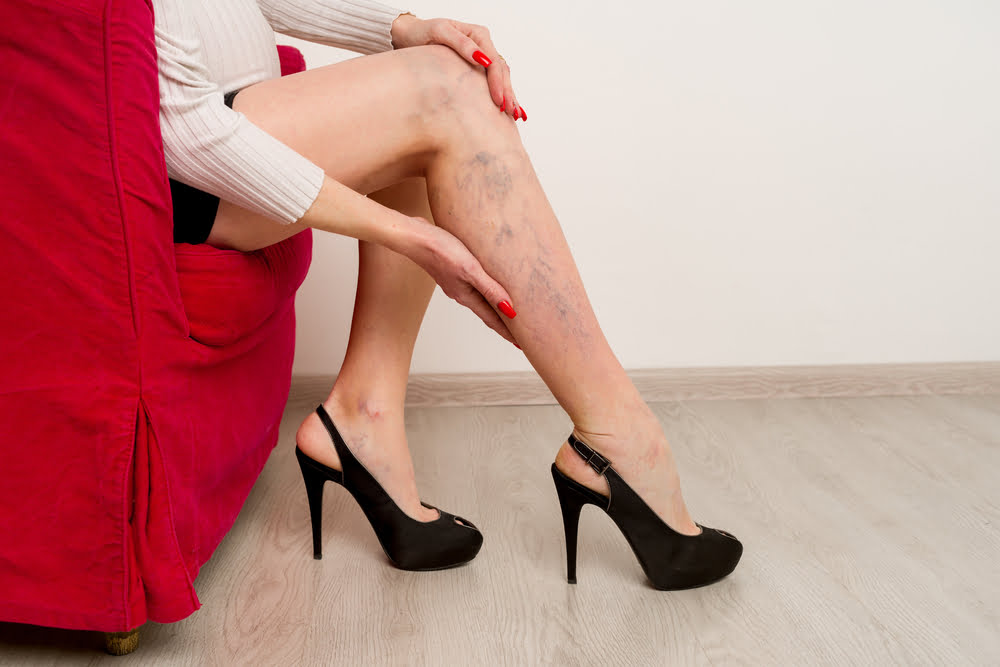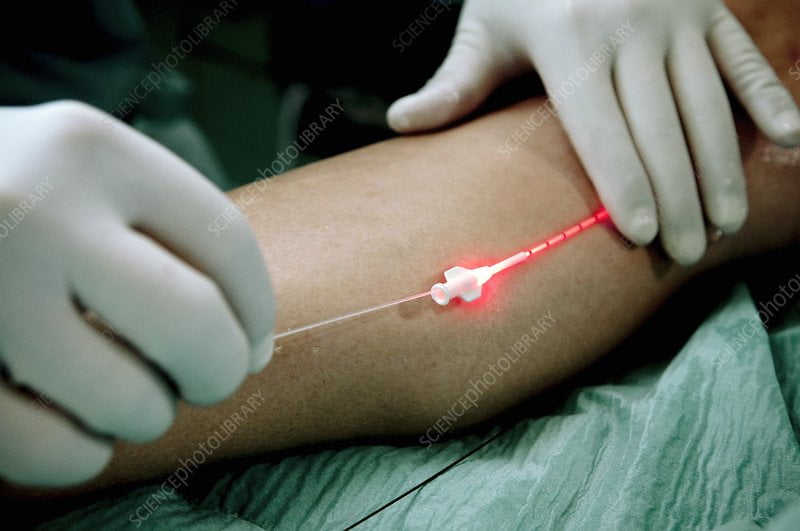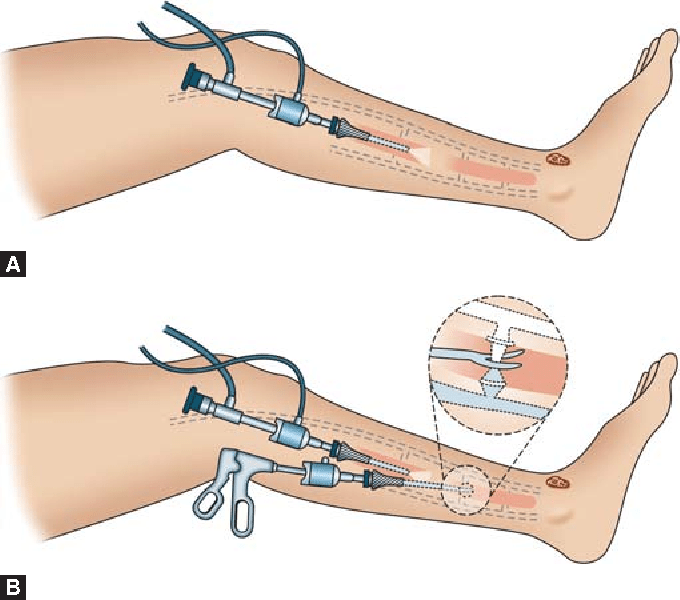Varicose veins in Türkiye
Varicose veins are enlarged and twisted blood veins whose walls suffer from weakness. This condition occurs mainly in the veins in the legs, due to the pressure in the veins of the lower part of the body as a result of standing and walking. They appear in the form of groups of blue or purple veins. One of the most common types is varicose veins. and spider veins, which are similar to varicose veins and are located near the surface of the skin and are often red or blue. As for the treatment, it is either with topical home and preventive treatments, or by a specialist doctor.

Symptoms:
You may not feel any pain due to varicose veins, but signs of varicose veins include:
- The veins are dark purple or blue.
- Veins that look twisted and swollen like ropes in the legs.
Painful signs and symptoms include:
- Painful feeling or heaviness in the legs.
- Heartburn, palpitations, muscle spasm, and swelling in the lower legs.
- The pain gets worse after sitting or standing for a long time.
- Itching around one or more veins.
- Skin pigmentation around varicose veins.
Reasons for the appearance of varicose veins:
Arteries transport blood from the heart to all parts of the human body, and blood veins return blood from all parts of the human body to the heart, but returning blood from the legs to the heart requires work against the forces of gravity, which works to expand the veins in the weak.
Risk factors:
These factors increase the risk of developing varicose veins:
Age: The risk of developing varicose veins increases with age, as aging causes wear of the valves in the veins that help regulate blood flow.
Gender: Women are exposed more than men to this condition, and hormonal changes before the menstrual cycle, during pregnancy, or menopause are an important factor in this because female hormones relax the strength of the vein walls.
Pregnancy: Pregnancy increases the volume of blood in the body, which leads to enlarged veins in the legs.
Family history: The chance of infection increases if family members are also infected.
Obesity: Being overweight puts extra pressure on your veins
Standing or sitting for long periods: the blood does not flow properly if you stay in the same position for a long time
Prevention of varicose veins
There is no specific way to prevent varicose veins, but improving blood circulation may reduce the risk of developing varicose veins. Here are several tips that can be done:
- Doing exercise.
- Maintain a normal weight.
- Eat a diet rich in fiber and low in salt.
- Avoid wearing high heels and tight stockings.
- Raising the legs.
- Change your sitting or standing position regularly.
What is the appropriate treatment?
The decision is taken based on medical advice and several things, including:
- age and general health.
- The prevalence of varicose veins.
- apparent symptoms.
- The extent of the impact on the aesthetic appearance.
Treating varicose veins by closing the veins:
When the doctor closes off the varicose veins, the blood flow moves to other veins. There are several ways to do this, including:
Sclerotherapy: The doctor injects a solution that causes scarring and closure of the vein, which forces the blood to change its course. The procedure takes place through several stages, separating them from 4 to 6 weeks. During the procedure, the patient only feels a needle prick, and he needs to wear compression stockings for a few weeks after each procedure.

Microsclerotherapy: This is similar to sclerotherapy, but uses a smaller needle to treat small varicose veins.
Laser: The vein is closed by bursts of high-intensity light and small varicose veins are used for treatment
Venous ablation treatment: Laser or radio waves are used to close the varicose veins by anesthetizing the area first, then making a small incision in the skin and inserting a thin tube containing a device that uses laser or radio waves to generate heat.

Laparoscopic vein surgery: This procedure uses a tube with a small camera that is inserted into the vein through a wound in the skin. The tube contains a piece to close the vein. It is used in the event that varicose veins cause severe skin ulcers, and it is possible to return to the usual routine after the operation within two weeks.
Resection of veins: It is used to remove varicose veins close to the surface of the skin by anesthetizing the area and removing the veins through small incisions, and the patient can go home on the same day.
Extraction and ligation of the vein: Your doctor makes cuts in the skin, ties the veins, and removes them, but tries to leave the saphenous vein in case it is needed later for heart bypass surgery. You can go home on the same day as the surgery. The recovery time ranges from 1 to 4 weeks.
Varicose veins in Türkiye
The medical staff of surgical teams, doctors and consultants in REHABTÜRK can offer the best treatment options and free consultations by striving to keep abreast of the latest medical technologies and methods.

